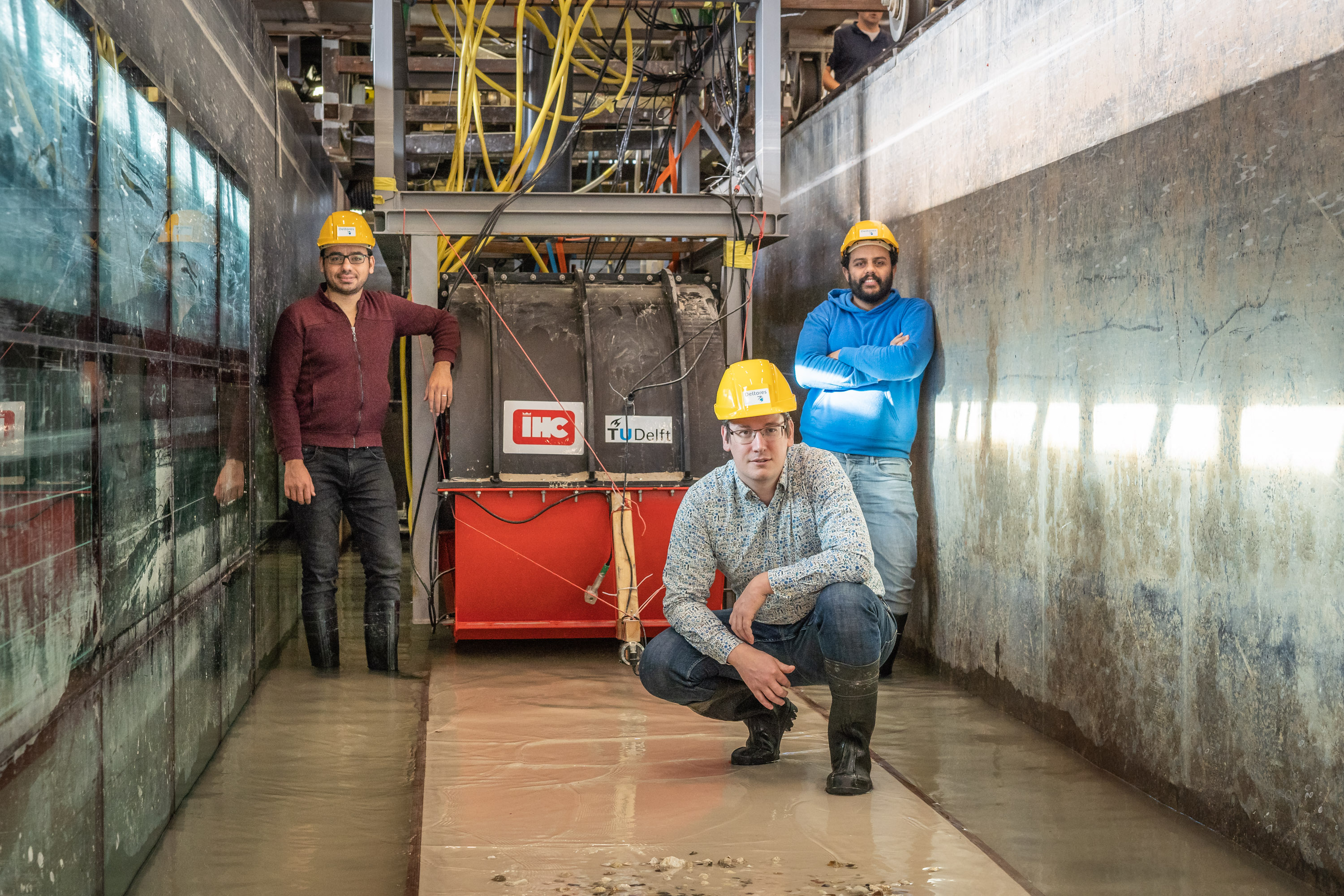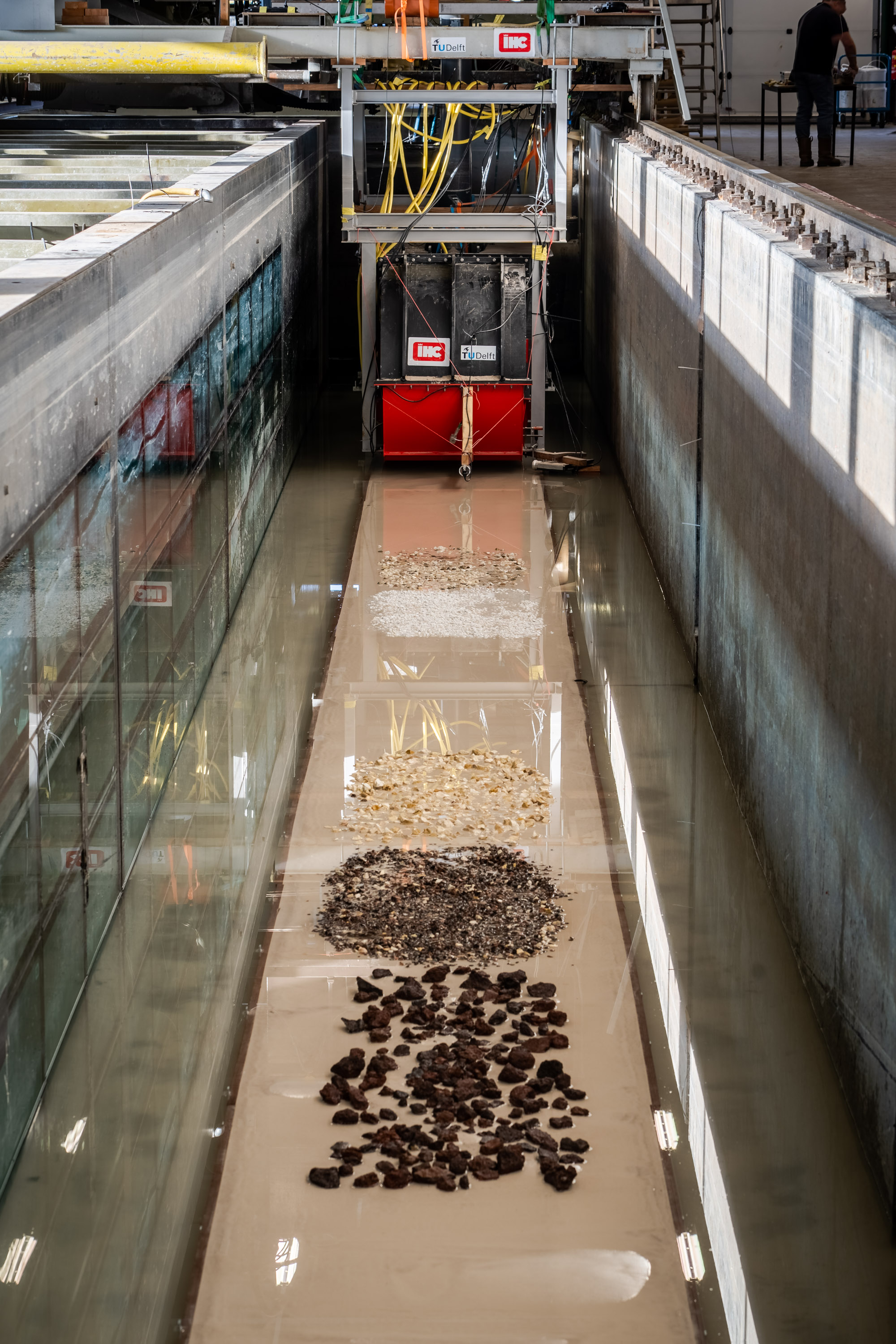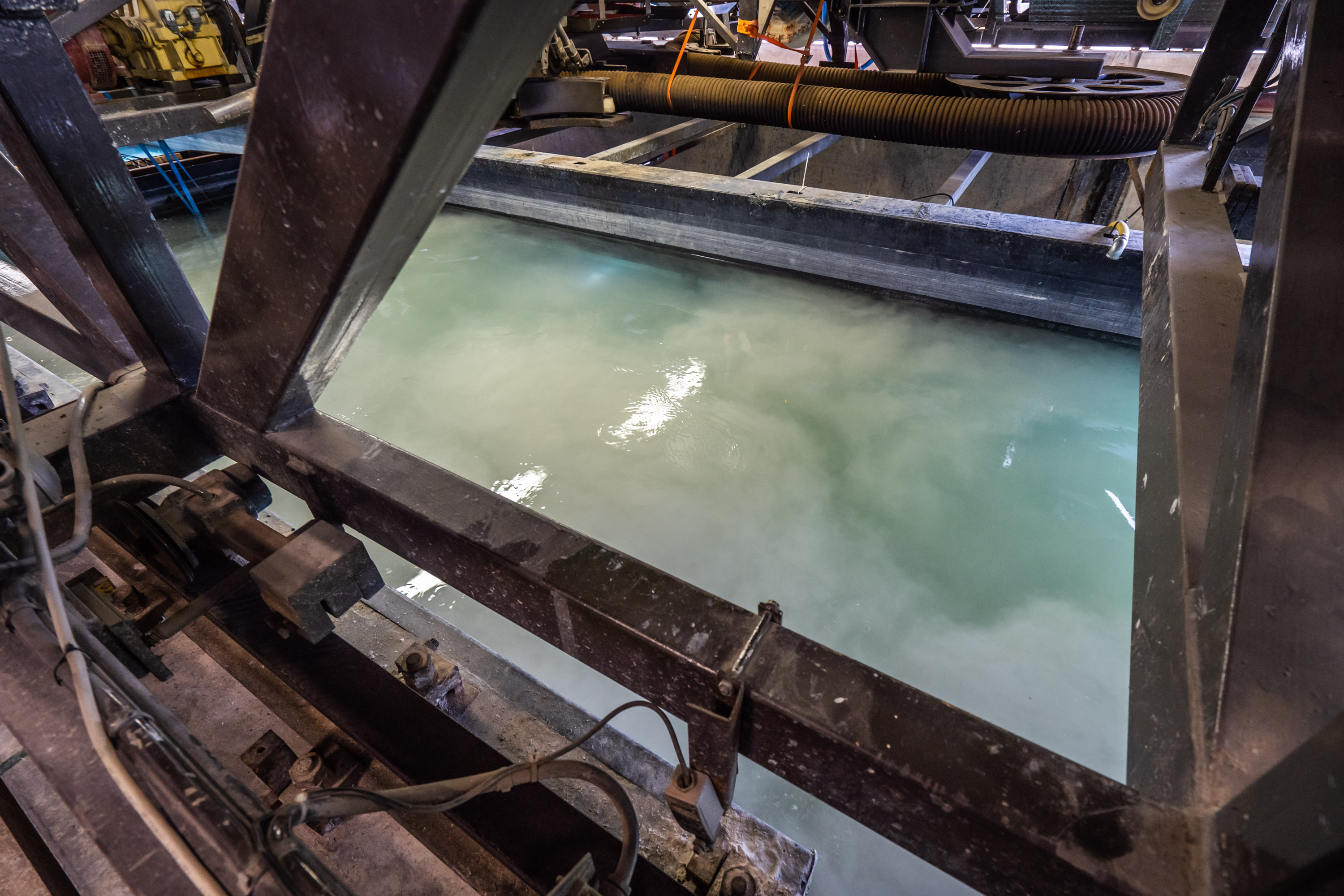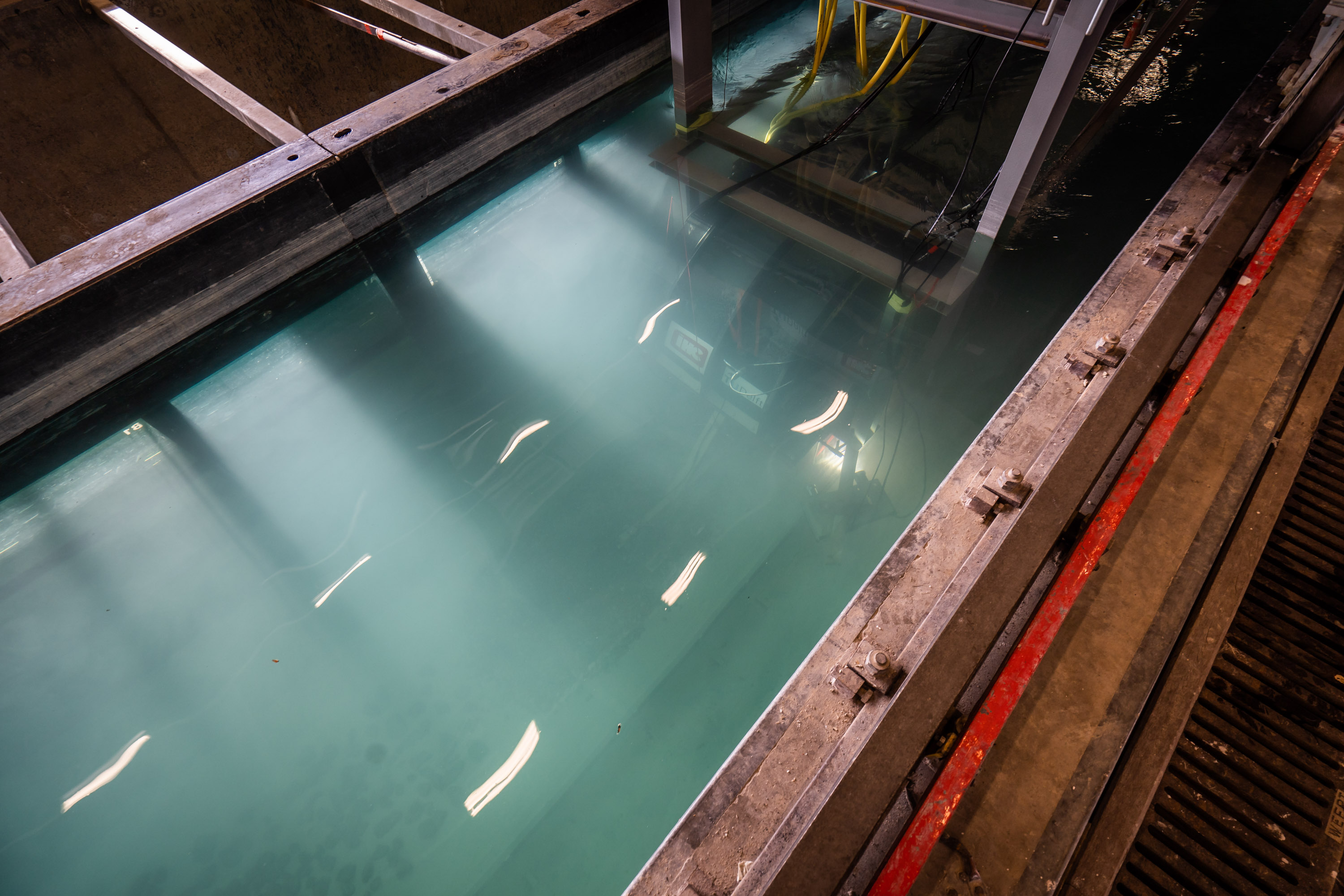Deep-sea mining less harmful to environment thanks to new ‘minerals collector’
At the bottom of the ocean, there are fields full of metals such as copper, manganese, nickel and cobalt, extremely useful materials for accelerating the energy transition. Just think how much cobalt is needed in self-driving cars. The challenge in the field of deep-sea mining is to excavate these materials as efficiently and sustainably as possible. Rudy Helmons, researcher in Offshore and Dredging Engineering, designed the Collector 2.0 in partnership with IHC Mining. This is a ‘vacuum cleaner’ driven by water pressure that collects raw materials on the seabed. It picks up less sediment and loses less water. The new device has been thoroughly tested, and the results are promising for the future.
One of the major problems collecting these so-called ‘nodules’, which resemble lumps of precious resources at the bottom of the sea, is that a large amount of fine sediment comes loose during excavation. This sediment disperses in a kind of plume (dust cloud) behind the collector. This plume is harmful to local marine life and can affect large areas. For a long time now, researchers have been examining how to limit the creation and dispersion of these sediment plumes.
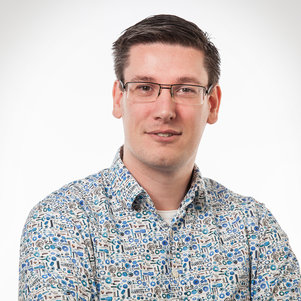
R.L.J. Helmons
Rudy Helmons (Offshore and Dredging Engineering): ‘A great deal still remains unclear about the environmental impact of deep-sea mining. That’s why we’re working with other universities and knowledge institutions to be able to make accurate predictions of this impact. Then we can use this knowledge to come up with solutions for limiting the environmental impact. To this end, we’re working closely with industry. I’m pleased that the Collector 2.0 is going to take us one step closer to that goal.’
Blue Harvesting
In the ‘Blue Harvesting’ project, five researchers from five European countries have joined forces to develop, in cooperation with industry, a new ‘mineral collector’ entirely powered by electricity. In addition to the technical aspects, their research also focuses on the ‘behaviour’ of the seabed. The Collector 2.0 has better pick-up control, uses less seawater and collects much less sediment. The researchers have already shown that the sediment plume is substantially smaller. In 2021-2022, the researchers will start conducting field experiments in the Bay of Malaga. The Blue Harvesting partners also play a significant role in setting up clear and responsible rules and guidelines regarding the environmental impact of deep-sea mining. They’re working on this together with independent European experts and scientists.
- Read more about Blue Harvesting
- Also, listen to the interview on BNR (in Dutch) : De techniek achter diepzeemijnbouw (The technology behind deep-sea mining)
